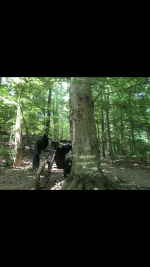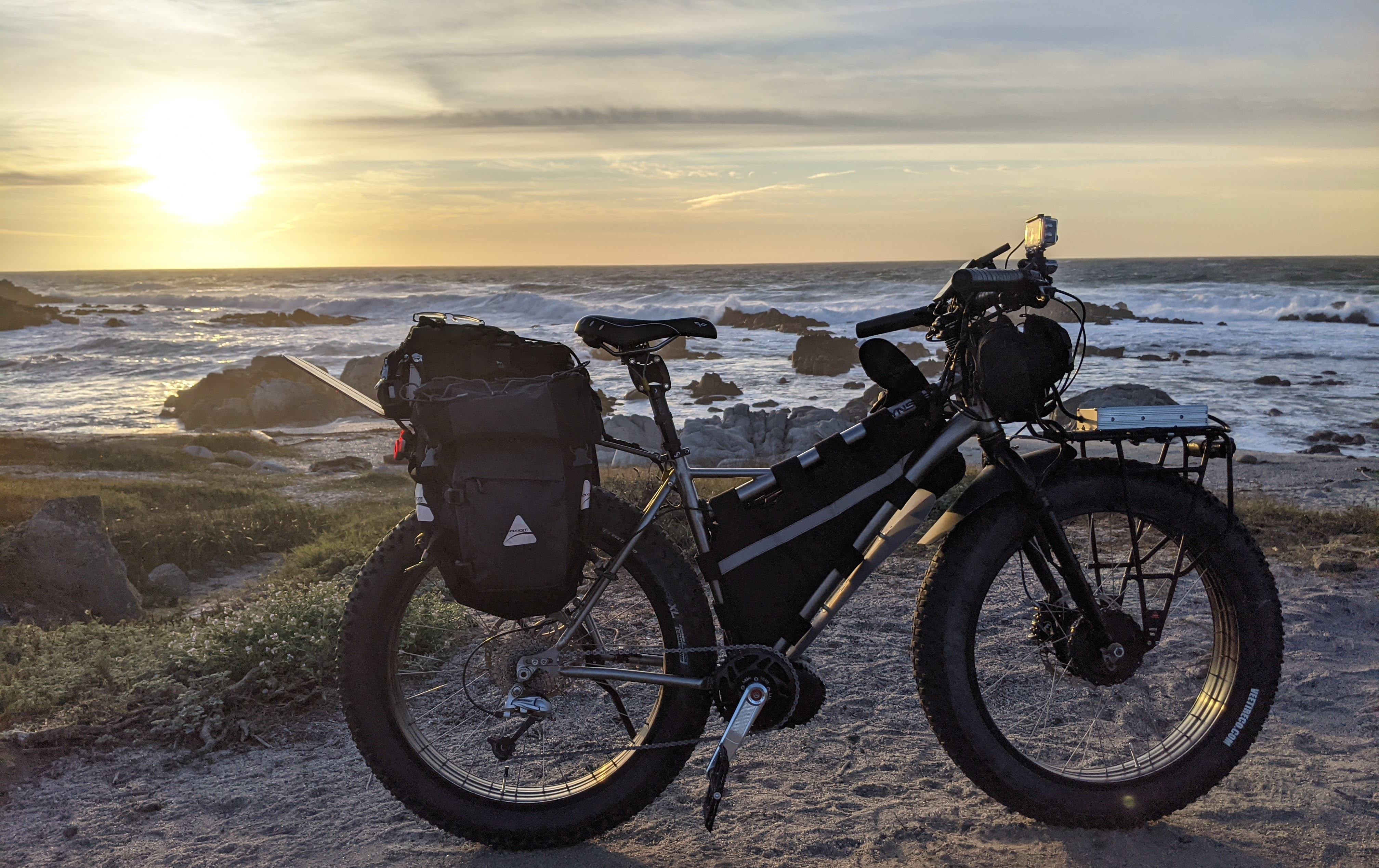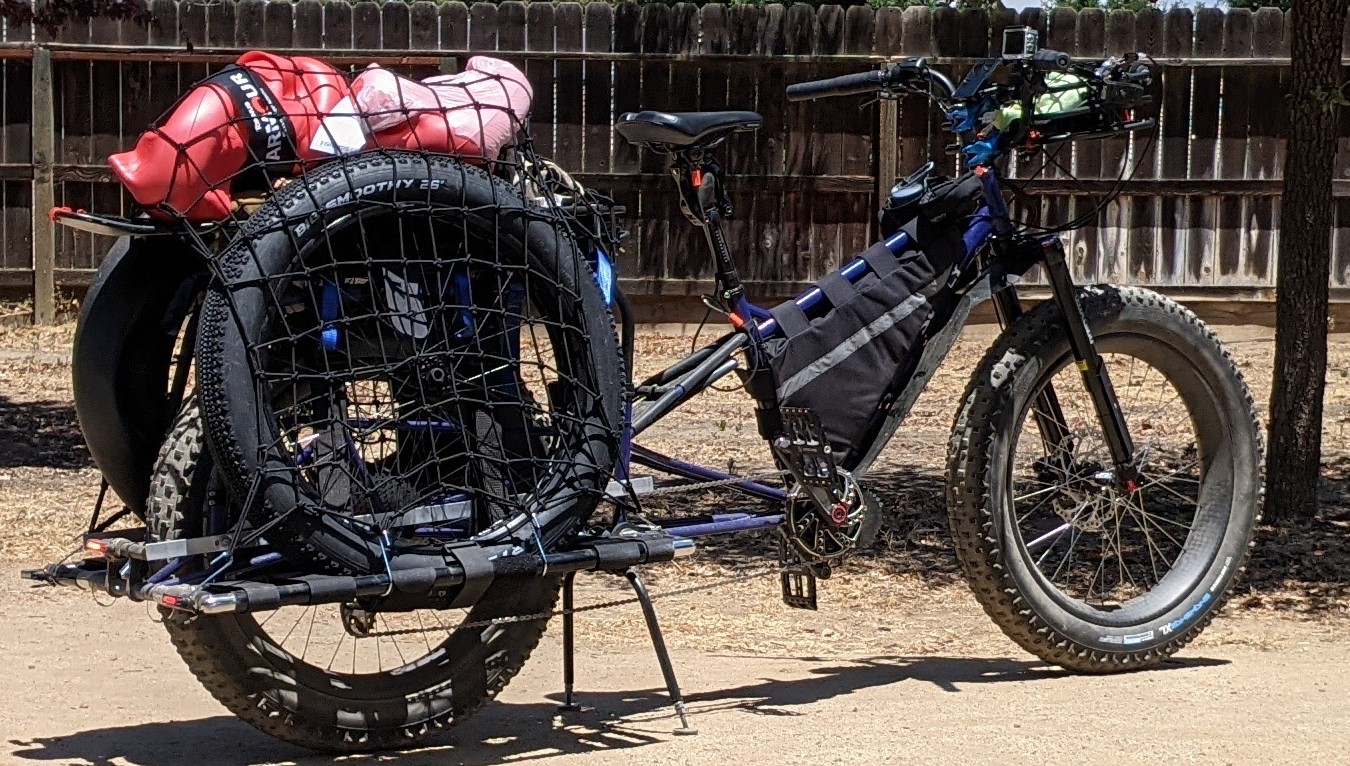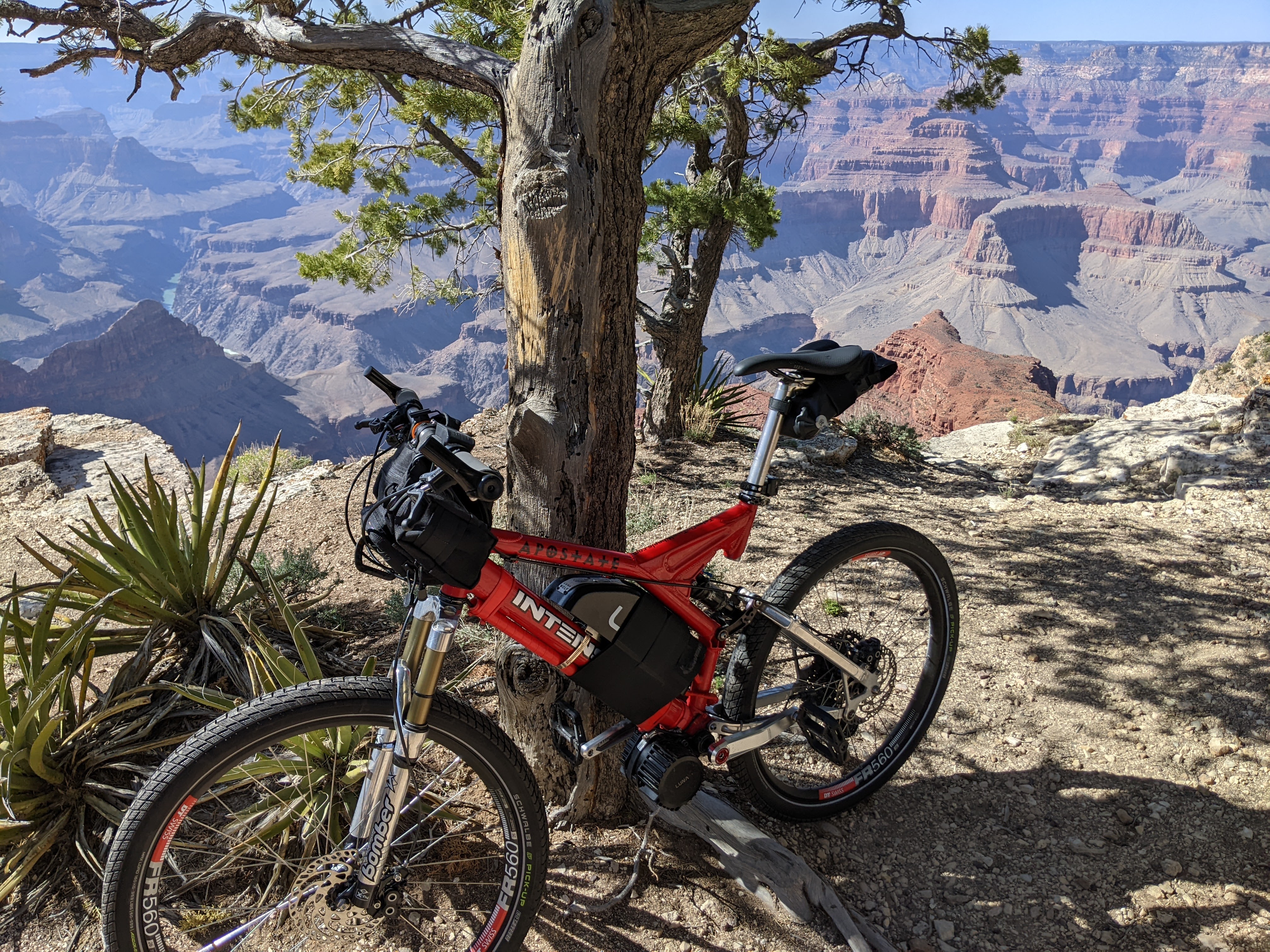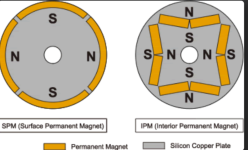Perhaps the biggest advantage of IPM designs, one that gives them an edge in vehicle applications like traction motors, is the high-speed performance. The power versus speed curve for SPM motors is roughly hyperbolic, rising to a region of quasi-constant power over a narrow speed range, then falling off.
IPM motors, in contrast, provide a much broader region of more or less consistent torque. Using a technique called field weakening, designers can apply current to modify performance. As speed rises, the permanent magnets and motor generate highers voltage. At very high speeds, the back EMF of the motor times the speed can exceed the voltage of the battery, which limits drive current, and torque. Field weakening essentially involves tuning the magnetic field of the stator to partially oppose the effect of the permanent magnets. The process involves a control scheme known as direct (D) and quadrature (Q) axis current control. The D-axis runs through the center of the rotor pole while the Q-axis lies between two adjacent rotor poles in the center. “By breaking the stator vector into two vectors, and applying one current to the quadrature axis and one to the direct axis, they control the current phase angle between them, which allows much wider constant power control," explains motor designer and IEEE fellow Jim Hendershot, co-author of Permanent Magnet Brushless Motors and Generator Design.
For vehicle applications, the technique provides big benefits compared to SPM motors. “The IPM configuration allows more control over the magnetization of the magnetic circuit," says Hendershot.
That's not to say that field weakening isn't possible with SPM designs, as well, but because of the size of the air gap, the technique requires far higher currents. “Because of the current limit of the inverter on thermal limitations of the motor, you can't field weaken it enough to produce torque at high speeds," says Fulton.
At low speeds, SPM motor and an IPM motor of the same size can generally produce about the same amount torque, or the SPM design may even produce a bit more up until they reach the corner point RPM. At speeds higher than the corner-point RPM, torque from SPM designs drops rapidly. “If both of them have a base of 3000 RPM, the SPM motor will probably have zero torque at 5000 RPM whereas the IPM could continue on to 10,000 or 12,000 RPM," says Fulton. The behavior makes IPM motors a good fit for traction motor applications, which tend to demand high torque over a broad speed range. “With IPM designs you get the best of both worlds—you can get very good acceleration at low speeds and then run at very high speeds while at almost the same power level.”


